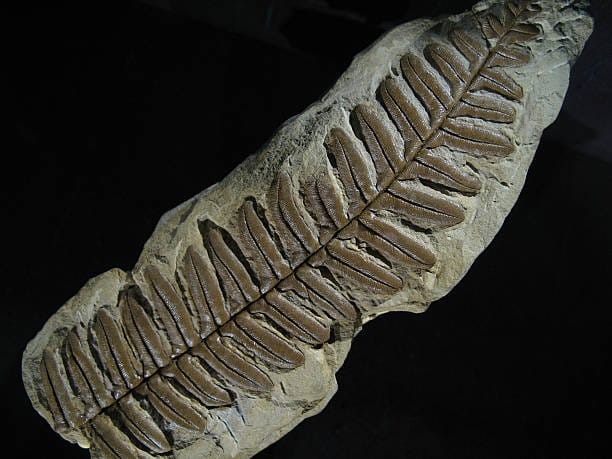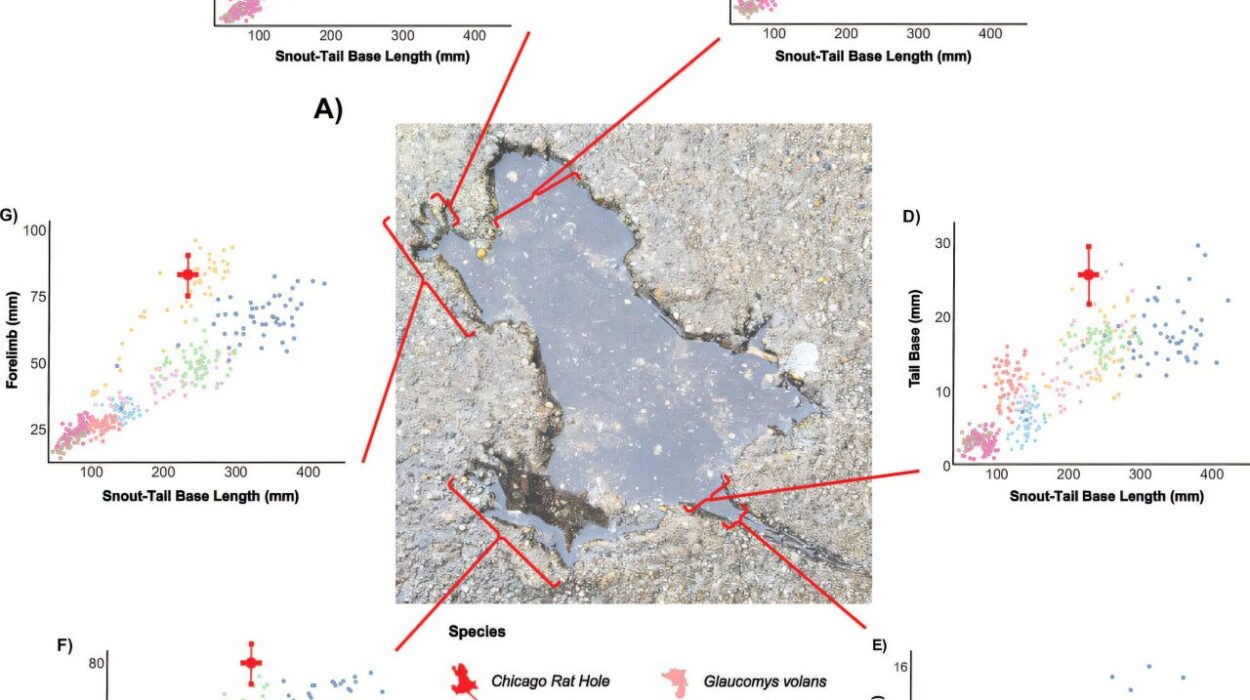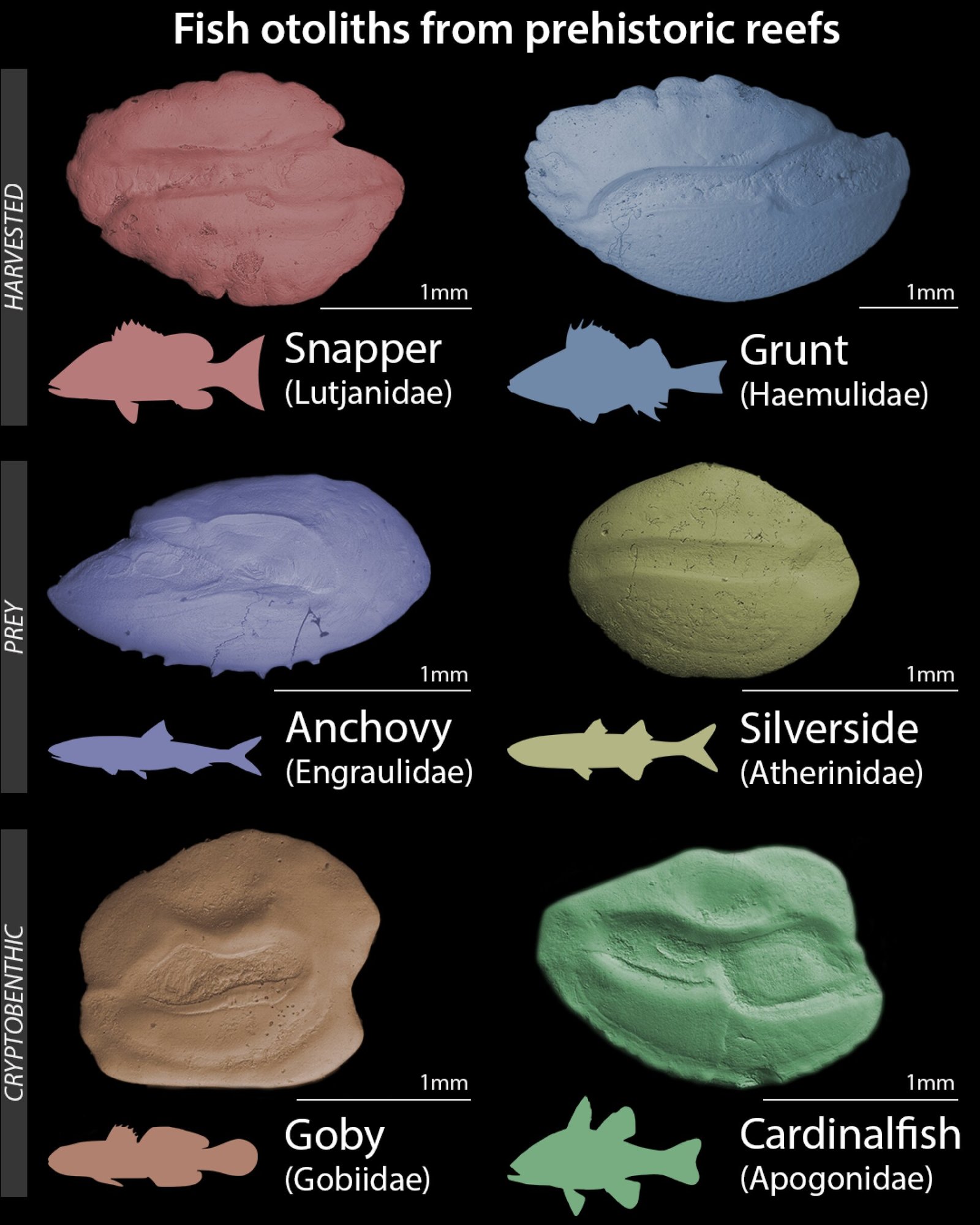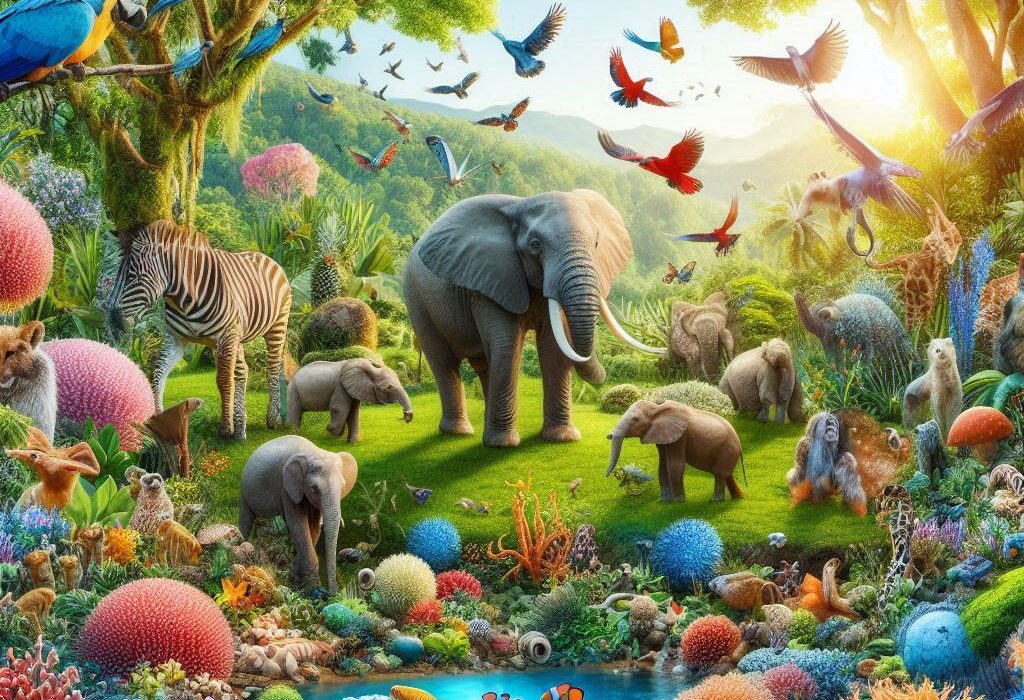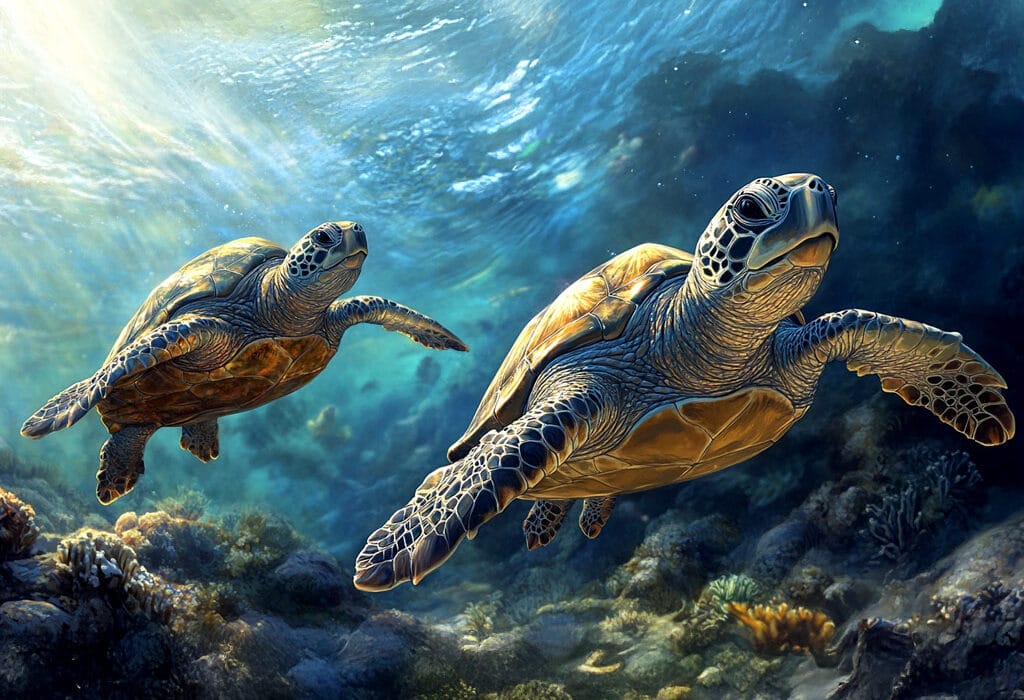Long before the fossil record burst into the chaotic bloom we call the Cambrian Explosion—before the seas teemed with trilobites, mollusks, and the first spine-tingling ancestors of modern life—something quieter was unfolding. A slow transformation, almost invisible, was already in motion beneath ancient oceans.
New research led by Dr. Zekun Wang now suggests that the so-called “explosion” of animal diversity 539 million years ago may have been less of an evolutionary big bang and more of a final crescendo. Many of the traits that allowed animals to move, sense, and survive weren’t invented during the Cambrian—they were already evolving millions of years earlier, in the mysterious and often-overlooked Ediacaran Period.
Uncovering Secrets in Ancient Tracks
Because Ediacaran animals had soft bodies, they rarely left behind bones or shells to fossilize. Their brief signatures in the fossil record are subtle: faint trails and burrows impressed into ancient seabeds. These are not skeletons—but they are stories.
By analyzing more than 170 such trace fossils left between 550 and 539 million years ago, Wang and his collaborators pieced together a vivid picture of how early animals moved, interacted, and evolved. Their findings, published in Proceedings of the Royal Society B and Geology, reveal not just where ancient creatures went—but what they were becoming.
“Life in the Ediacaran was no longer microscopic,” says Wang, “but typically, it wasn’t able to move along the seafloor. By the Cambrian, however, animal life could explore. Something clearly changed.”
And the change, it seems, began much earlier than we thought.
Reading Minds from Movements
Most of us wouldn’t think to decode an ancient animal’s body shape—or its senses—by looking at a squiggly fossil trail in sandstone. But Wang’s approach is brilliantly simple and deeply revealing.
Take the shape of the track. A long, winding path likely comes from a slender, worm-like creature. Sharp, sudden turns suggest a short, stubby body, possibly round. The smoothness of the curve hints at control and sensory awareness: if a creature moves in long, intentional sweeps, it likely had a sense of where it was going. A jagged, random trail? That animal was probably stumbling around, relying on chance encounters with food or shelter.
“Animals with long-range senses can plan a direct journey towards food,” Wang explains. “If they have limited sensory abilities, then their trajectory will be unsmooth, almost random.”
By comparing the tracks of these ancient Ediacaran organisms to those of modern animals—like worms, snails, and arthropods—Wang and his colleagues could reverse-engineer the behavior and anatomy of creatures that lived more than half a billion years ago.
Three Stages of Transformation
The team’s analysis revealed a remarkable evolutionary arc.
Stage One: The Earliest Traces (~550 million years ago)
The oldest tracks were simple and full of abrupt turns. These were likely made by soft-bodied organisms with round or oval shapes, like amoebas or ciliated creatures that pulsed across the seafloor. Their movement was primitive—short, reactive, and slow. They likely lacked developed senses and followed instinctive patterns, probing the sediment blindly.
Stage Two: A Smoother Journey (~545 million years ago)
A few million years later, something changed. Tracks became smoother, more continuous. Animals were gaining coordination—likely equipped with better control over their movement. These trails look like those left by modern slugs and horseshoe crabs. The creatures making them weren’t yet fast or sleek, but they were more purposeful. They were evolving.
Stage Three: Streamlined Pioneers (~540–539 million years ago)
Finally, right at the edge of the Cambrian, the fossils show long, uninterrupted trails—traces of worm-like animals that could move in extended lines. These creatures had bodies designed for exploration: longer, smoother, and better suited for swimming or crawling through sediment. Their paths suggest they had sensory organs capable of detecting their surroundings, not just reacting to them.
Dr. Wang and his colleague Dr. Olmo Miguez-Salas used these patterns to estimate the size of the animals making them. The results show a steady increase in body length across the Ediacaran–Cambrian transition. The animals evolved from short, round blobs into streamlined explorers—setting the stage for the explosion to come.
What Survived the End of the Ediacaran?
The end of the Ediacaran, around 539 million years ago, was a cataclysm. Many of the period’s unique organisms—strange frond-like creatures and quilt-patterned beings with no modern analogs—vanished. Scientists believe a major extinction event wiped out much of this early life.
But the animals that developed movement, senses, and streamlined bodies survived.
These survivors would become the ancestors of the creatures that burst onto the scene during the Cambrian Explosion: the first complex eyes, limbs, exoskeletons, and nervous systems.
“The characteristics that helped animals survive into the Cambrian were already being developed in the Late Ediacaran,” says Wang. “The explosion was real—but many of its sparks were lit earlier.”
A New Understanding of Life’s Big Leap
This research reshapes our understanding of how complex life arose. The Cambrian Explosion, long seen as evolution’s fireworks show, may have been the final act of a longer, quieter play.
Rather than a sudden appearance of new animal types, the Cambrian may represent a “substrate revolution,” when existing lineages already equipped with movement, sensing, and streamlined bodies took over the planet’s ecosystems after a global reset.
It’s a story not just of life’s brilliance, but of its resilience—of tiny, soft-bodied pioneers laying the groundwork for the teeming biodiversity that would follow.
Why It Matters Today
Understanding how life evolved isn’t just about looking backward. It helps us understand how change happens, how environments influence evolution, and how extinction and survival shape the future.
The tracks left by the Ediacaran’s ancient animals are faint—barely visible ripples in stone. But thanks to the work of researchers like Dr. Wang and his colleagues, we can now read those ripples like a diary of deep time.
And what they tell us is astonishing: that the journey of animal life didn’t begin with an explosion.
It began with a quiet crawl.
References: Zekun Wang et al, Smoothness analyses of trace fossils: expanding quantitative toolkits to unravel bilaterian movement ecology during the Ediacaran–Cambrian transition, Proceedings of the Royal Society B: Biological Sciences (2025). DOI: 10.1098/rspb.2025.0889
Zekun Wang et al, Quantitative decoding of Ediacaran locomotory trace fossil morphologies: Evidence for the emergence of slender anterior-posterior body profiles, Geology (2025). DOI: 10.1130/G53332.1

